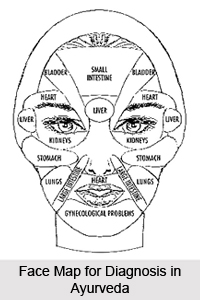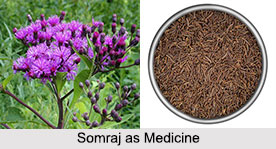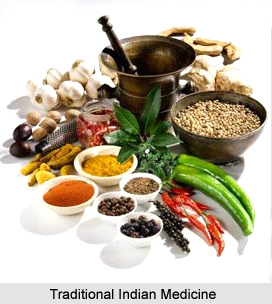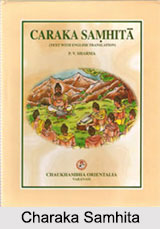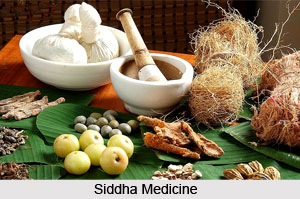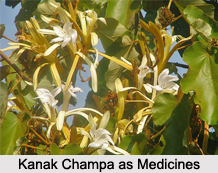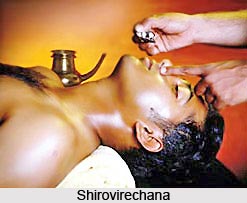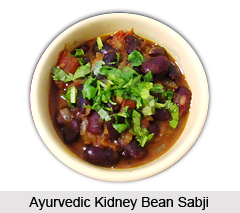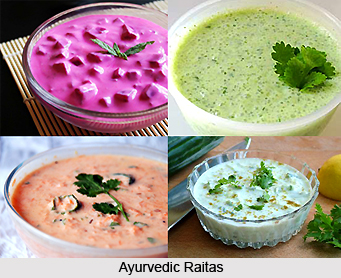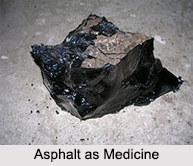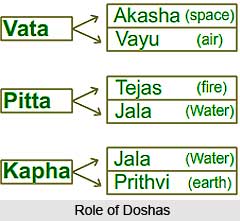 Ayurveda says that the lack of balance among the doshas, dhatus, and malas results in disease. The body constituents can be checked to make a clear vision about the whole thing.
Ayurveda says that the lack of balance among the doshas, dhatus, and malas results in disease. The body constituents can be checked to make a clear vision about the whole thing.
The Role of Vata: The normal function of vata or vayu is to sustain the body, and that is why it is the originator of every kind of action in the body. It has been called the Tantra-Yantra Dhara. This can be described as the one, which maintains or keeps the human machinery and its parts in good shape. Vayu occupies the pride of place among the three doshas. Just as the wind controls the direction of the clouds, so does vayu control the functioning of pitta and kapha.
There are five kinds of vata or vayu and these are prana, udana, vyana, samana, and apana. Prana vayu is responsible for breathing and the swallowing of food. It is also responsible for the functioning of the heart and the parts of the body directly connected with the heart. Not only does it maintain the functioning of the heart. It also sustains the mind, the senses, the intellect, the arteries, the veins, and the nerves.
Udana vayu is responsible both for the production of the various sounds and speech, and the action and the effort to keep up the strength of the body, mind, memory, and intellect. Samana vayu helps in the action of the digestive enzymes. It separates the essences vital for the nourishment of the body and sends the wastes to the large intestines.
Apana vayu is situated in the lower part of the digestive tract, the urinary system, and the reproductive organs. Its function is to hold the faeces, urine, menses, and semen up to a normal period. After that it expels them through the various orifices of the body. This vayu is one of the most important factors in the body since its proper functioning keeps a person healthy. In an abnormal state, it moves upwards and depresses the diaphragm, giving rise to a sense of acute discomfort. Vyana vayu flows through the whole body, carrying the nutrients with it. It helps the excretion of perspiration, and controls the opening and closing of the eyelids, as also other movements of the body.
The Role of Pitta: Like the vayus, pittas are also of five kinds and these are pachak, ranjuka, sadhaka, alochaka, and bhrajaka. Pachaka pitta is mainly responsible for the digestion of food. It divides the food juice into the useful and waste parts, and then helps the other four types of pittas to function normally in the body. Ranjaka pitta, as the very name indicates, adds colour to the food juices when they travel from the stomach to the liver. Sadhaka pitta has its seat in the heart and this is also known as the finest of all the pittas. It helps in the normal functioning of the intellect and memory. Alochaka pitta is responsible for the maintenance of normal vision in the eyes. Bhrajaka pitta is situated in the skin of the body and is responsible for the normal pigmentation of the skin.
The Role of Kapha</b>: Like the vayus and the pittas, the kaphas are also of five types. The first of these is kledaka. This is responsible for moistening the food in the stomach. It nourishes the other kaphas by its special humid properties. Avalambaka is the second kapha. It has its seat in the thorax, and protects the heart from excessive heat by its cooling influence and gives a special power to the heart. The bodhaka kapha moistens any substance, which comes in contact with the tongue and helps the individual to recognize the taste of substances ingested. Its seat extends from the root of the tongue to the throat. It plays a part in increasing appetite. The fourth kapha, the tarpaka, cools the sense organs of sight and hearing. The shleshaka kapha is situated in the joints of the body. It maintains them in good order so that the various parts of the body not only remain firm, but also have the flexibility to move as well.
Dhatus: The dhatus are constituents, which comprise the basic structure of the body. They are seven in number. They are: rasa or essence of food, rakta or blood, mamsa or muscle tissue, meda or fat tissue, asthi or bones, majja or bone marrow, and shukra or sperm in males and ova in females.
Malas or the Wastes of the Body: In addition to the doshas and the dhatus there is one more constituent of the body. It can be named as malas or the waste products. The malas are the byproducts of the various dhatus present in the body.
The chief malas can be mentioned as follows
•* mutra or urine
•
* shakrit or faeces
•
* sweda or perspiration
Other malas can be named as pitta; purisha sneha or faecal fat; prajanan malas or secretion of the genitalia; and kha malas or secretions of the various orifices of the body such as the ear, nose, mouth, and so on. Malas play a supporting note while they are in the body. They are eliminated once their supporting role is finished.
The concept of malas is important to understand. These generally do both the works as supportive and excretive products of the body. An example from modern medicine would explain it thus as when red blood cells get old, they are destroyed and may be considered as malas. The malas perform a supportive function when the iron content of the destroyed red blood cells is reabsorbed and utilized by the body directly. The biliruben content is passed on as bile by the liver into the duodenum, where it aids the absorption of fats. Thereafter, it is excreted in the faeces as a mala or waste product. Thus in this way it can be described that malas perform a dual role.






